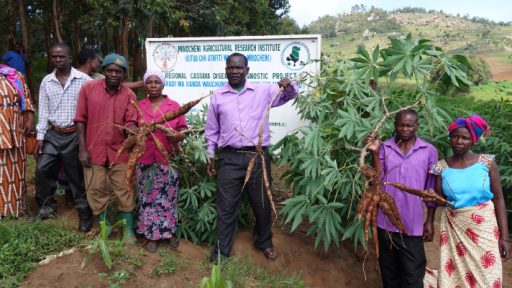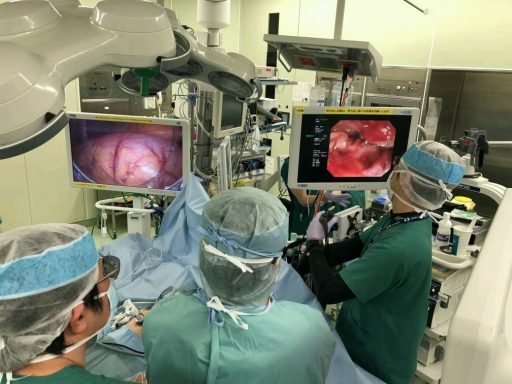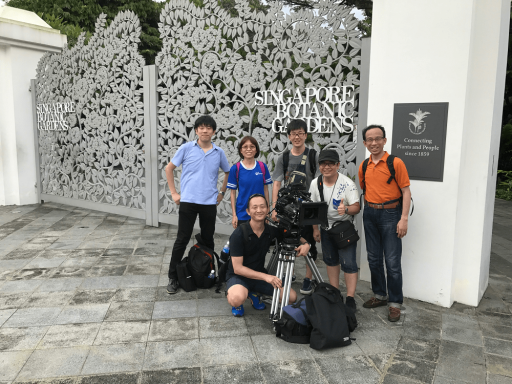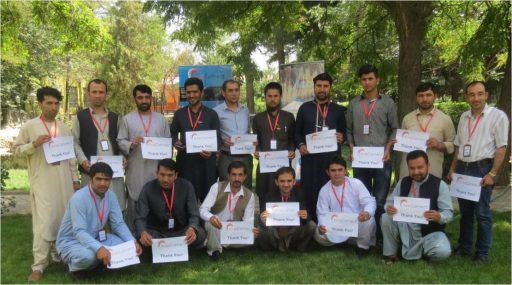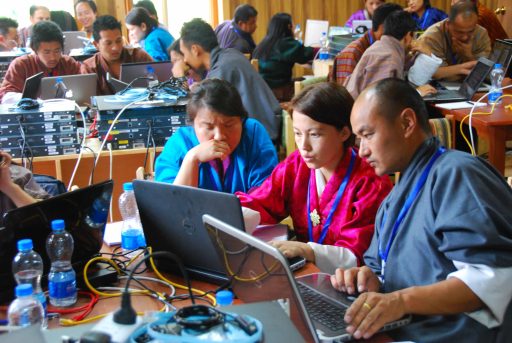Scientists in Kenya and Australia collaborate on a research project to diagnose viruses that infect cassava, and sequencing whole cassava virus genomes in order to help eradicate infection.
Eduroam is expanding across countries and beyond campuses to support mobility for academics, students and researchers globally, with Tajikistan being among the latest country to join the eduroam family.
Reliable internet supports classroom teaching, linking students to metropolitan experts and underpinning the adoption of new technologies.
R&E networks help save lives by powering interactive remote training of endoscopists on novel techniques for early stomach cancer diagnosis and treatment.
To ensure seamless and secure global research collaborations the MWA telescope has connected to eduGAIN.
In February 2018 spectators in Singapore were enchanted by crystal clear video images of the Sapporo Snow Festival in Japan whilst viewers in Japan could remotely take in the beauty of Singapore’s iconic Botanic Gardens: long-distance cultural exchange powered by cutting-edge video technology and high-speed R&E network links.
Minimising the brain drain and equipping the right people with the right skills is central to the efforts to re-shape the future of Afghanistan after years of turmoil. The Asi@Connect project contributes to these efforts by supporting capacity building of network engineers at universities across the country to help them ensure the smooth running of the educational process ‘behind the scenes’ and to consolidate the emerging AfgREN NREN.
In a breakthrough discovery hailed as the most significant find in astronomy since gravitational waves, astronomers in the United States have used an Australian radio telescope to detect signal from the universe’s first stars.
For 26 years the Network Startup Resource Center (NSRC) has been providing technical capacity development to thousands of network engineers working in hundreds of R&E institutions around the world. In Asia-Pacific they teamed up with regional networking organisation TEIN*CC to empower engineers across the region to become the masters of their own networks.


